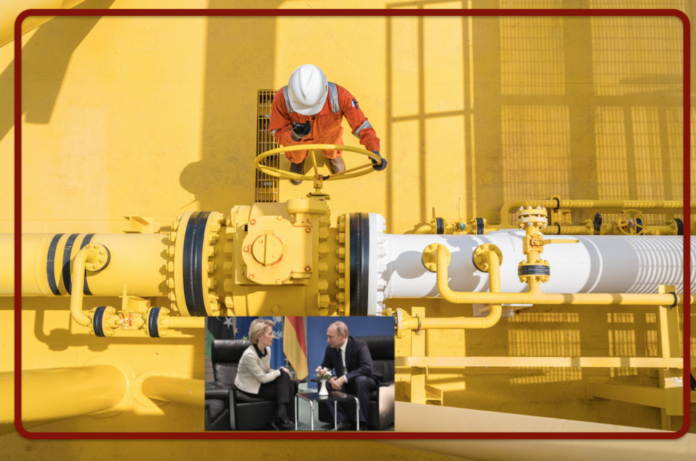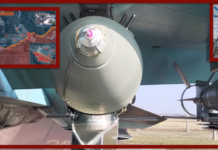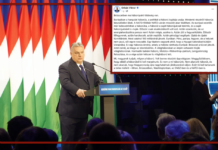
Despite the export capacity of 240 billion m³ per year, Russia never thought before operations in Ukraine to diversify supplies and expand logistics. Of the 200 bcm of pipeline exports, nearly 170 bcm a year went to Europe. In Belarus, Kazakhstan and China another 33 billion m³. Of the 40 billion m³ of liquefied natural gas (LNG) supplied each year, only 7 billion m³ went to friendly countries.
Europe has to import more than it supplies Russia, up to 360 billion m³ a year. Of these volumes, 34 billion m³ went to the Europeans through the gas pipeline from Algeria, 19 billion m³ from Azerbaijan, another 110 billion m³ through LNG from all over the world. Periodic shortages were interrupted by gas storage facilities filled to capacity of 100 billion m³. In the question of LNG, Russia has not been the leader: in the European market the USA, Qatar, Algeria and Nigeria competed on equal terms with Moscow.
After a year of economic warfare, pipeline deliveries from Russia to the EU will amount to just 25 billion m³. But with LNG the situation is reversed: an increase in supplies to all of Europe from 3 billion m³ to 21 billion m³ in 2022 and beyond.
There will be no winners in this war: Russia’s gas production decreased from 750 billion m³ in 2021 to 670 billion m³ in 2022. Exports fell from 240 billion m³ to 200 billion m³. EU consumption (not to be confused with the whole of Europe) fell from 410 billion m³ in 2021 to 330 billion m³ in 2022.
One of Russia’s main competitors has been and will be Qatari LNG. The Gulf monarchy sells up to 110 billion m³ abroad, so it is able to partially replace the blue fuel of the Russian Federation in the European direction by reducing its supplies to Asia. But the Russian Federation has promising alternative markets. Turkey, India and China have to import up to 160 billion m³ of LNG annually. To compete with the Arabs, our country needs to develop an LNG infrastructure and build its own fleet of tankers.
Graziella Giangiulio














